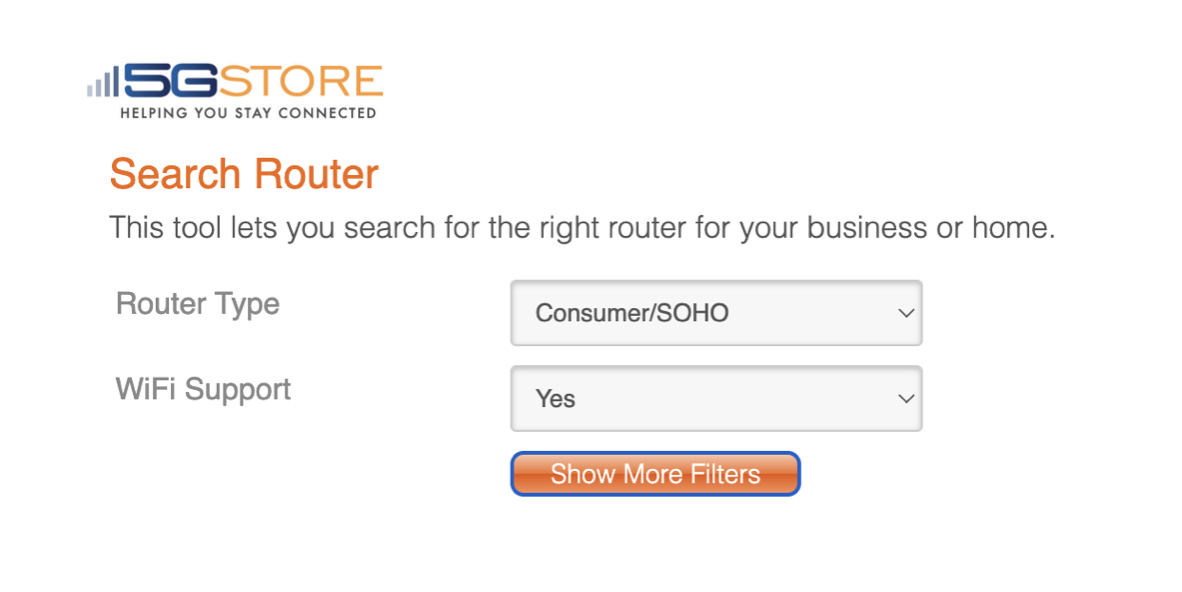5G holds a lot of promise, some of which we’ve already seen in new technology and services. It’s expected to have a big impact on enterprise IT, which includes storage. Just think about how much we as personal users rely on data storage, then imagine that multiplied by ten and it’s likely what most enterprises deal with in the same time frame.
Almost any business process where there are sensors and data collection, or where data will be delivered to endpoints, will likely be enabled by 5G at some point. Together with artificial intelligence/machine learning (AI/ML), 5G can allow enterprises to gain insight and value from all this data.
Put simply, the impact on storage is that there will be more of it, to handle much increased (largely unstructured) data volumes, with bulk storage scattered in new network locations at the edge. Meanwhile, security and durability needs will increase in these locations, and performance requirements will dictate use of flash and NVMe.
What is 5G?
This is defined as the fifth generation mobile network. It is a network that runs on several new frequencies, as well as old, and means that our bandwidth speeds and latency should be well improved (at least in some cases).
5G mainly operates across the following frequency bands:
Low-band 5G operates between 600-850 MHz. This is similar to what 4G networks currently use and is only moderately faster than 4G, between 50-250 Mbps offering similar coverage areas for each cell tower.
Mid-band 5G operates in the 2.5-3.7 GHz range and delivers speeds between 100-900 Mbps. While offering less range per cell tower, this type of 5G is going to be the most common implementation of 5G networks for many years to come.
High-band 5G is the band that is most commonly associated with 5G. Operating at 25-39 GHz, this is known as the “millimeter wave” spectrum and delivers gigabit speeds (some tests have shown as high as 3 Gbps). The tradeoff is that millimeter wave transmitters have very limited range and require the deployment of many small transmitters, so it’s only viable in urban areas where transmitters can be near closely spaced homes and buildings.
While the full capability of 5G won’t be achieved for a while (full maturity has been estimated to be three or four years away), 5G is suggested to be the first mobile technology that’s truly suited to use in enterprise applications.
At the same time, the changes needed bring implications for hardware infrastructure, including storage. This is mainly because 5G’s millimeter wave delivery mechanism demands a much higher density of hardware infrastructure in terms of base stations, but also in local processing and storage capacity.
5G for Enterprises
5G can potentially make dramatic changes as a transport for enterprise applications. That could include internet of things-driven deployments in vehicles and retail systems, advances in manufacturing and distribution, and consumer-facing delivery of content.
It is true that 5G can provide significantly faster cellular bandwidth rates. This could just mean new bottlenecks in un-deployed parts of the topology, because the increased volumes of data will not suddenly flow from core to edge, unimpeded by network economics.
All of which means the private enterprise and public sector deployment of 5G will likely be very significant – and with its own characteristics – in terms of total data volumes and in its impacts on the architecture of that delivery.
5G WAN architecture
There’s quite a bit available on 5G and how it works. When talking about the impacts of data storage, we want to address the variations of 5G-enabled wide-area networking architecture. They are likely to include:
Endpoints: These could be consumer-facing or with the enterprise, including industrial, vehicle, retail, personal, receiving and collecting and transmitting data. Endpoint storage capacities, as well as performance, will increase.
Cell-site and street locations: Some local processing and storage will be needed to maximize throughput and minimize latency. At these locations, data would be retained either as part of the delivery process or collection, governed by the fact that a direct route between core and edge may not always be desirable from an economics or performance perspective. These could be sites from which local content is delivered, which could mean sizable files being delivered to consumers.
Campus or “edge cloud”: In private 5G networks, there are likely to be campus- or location-level sites where data needs to be staged. This means data staging, up and down, but perhaps the environmental concerns are lower. This is more like a local cloud data center.
Cloud, the core of the network: This is of course, the most economical place to store and process data. The cloud core will be pretty much the same, but there will be an increase in storage capacity, of the required performance and for unstructured data, to service downstream demand and upstream data collection.
5G Storage
To sum up, storage for 5G will include:
- Increased capacity, at the core and edge.
- High-performance for streaming and analytics.
- Ability to handle unstructured data.
- Storage and processing in new locations, such as street cell-sites.
- The “edge cloud” as a new location for storage and processing.
- Possible form factor changes; environmental durability and security needed.




